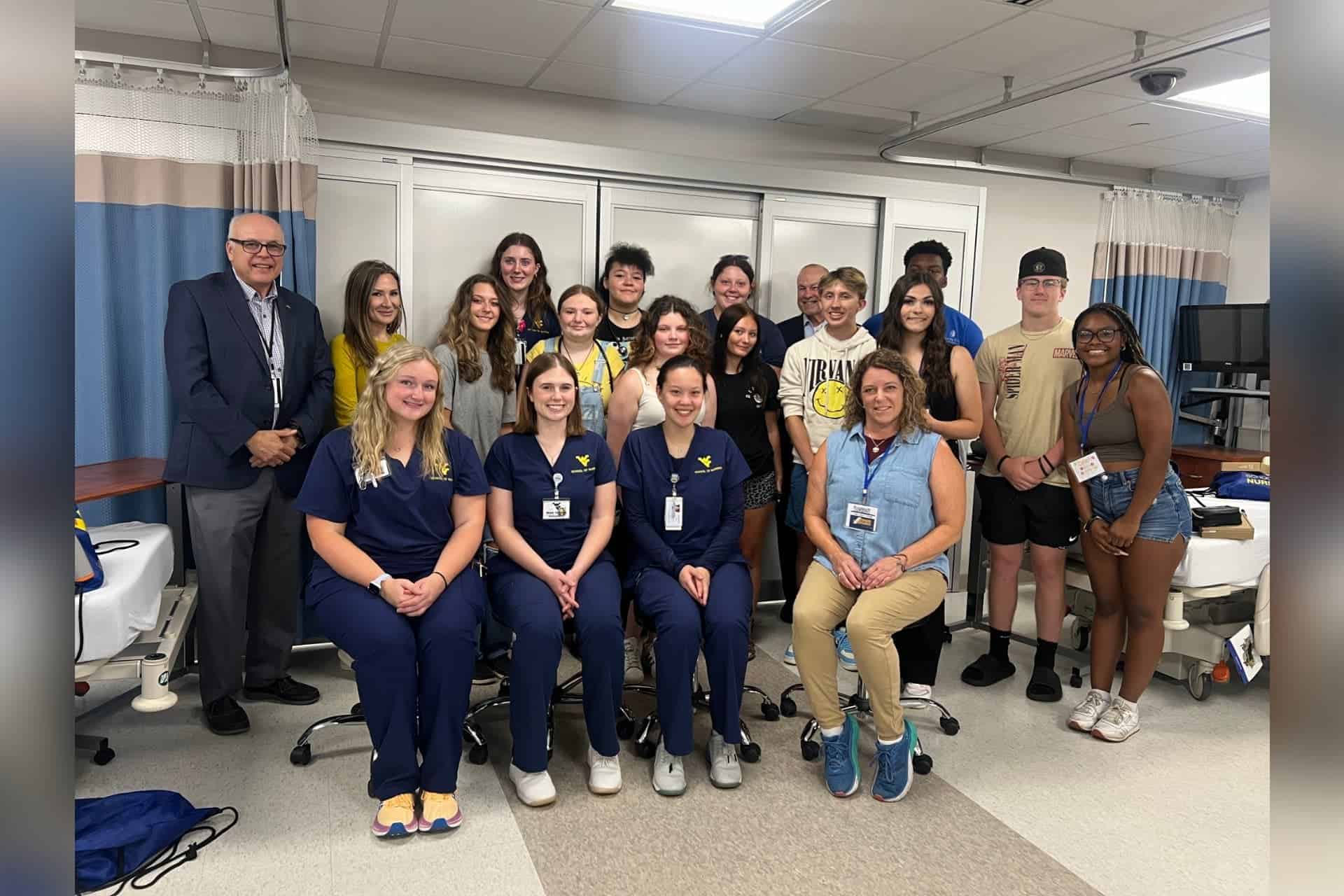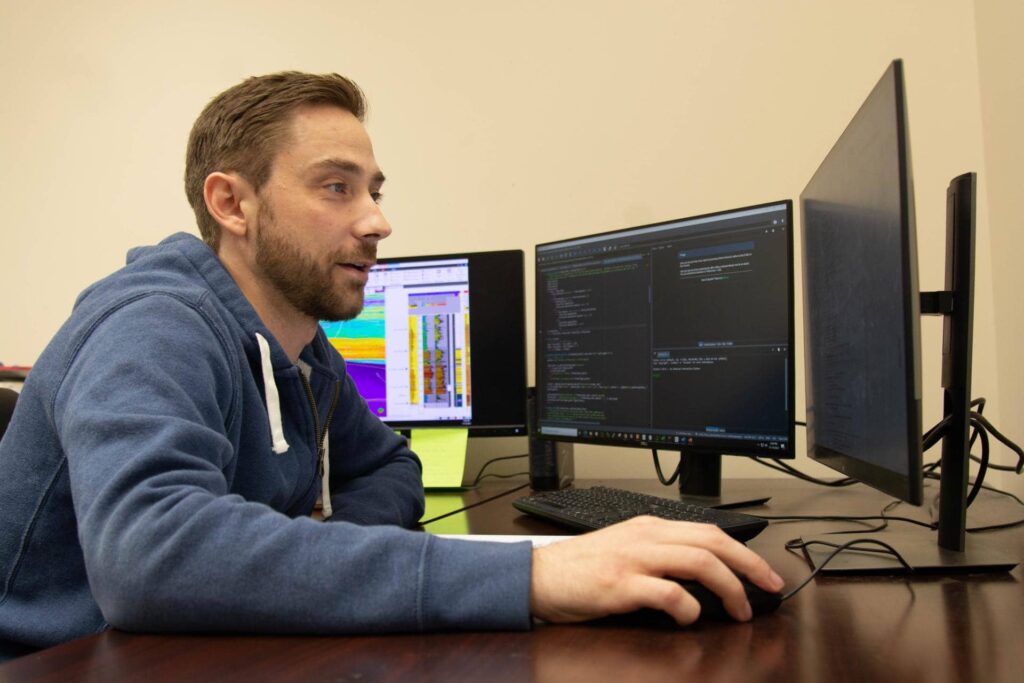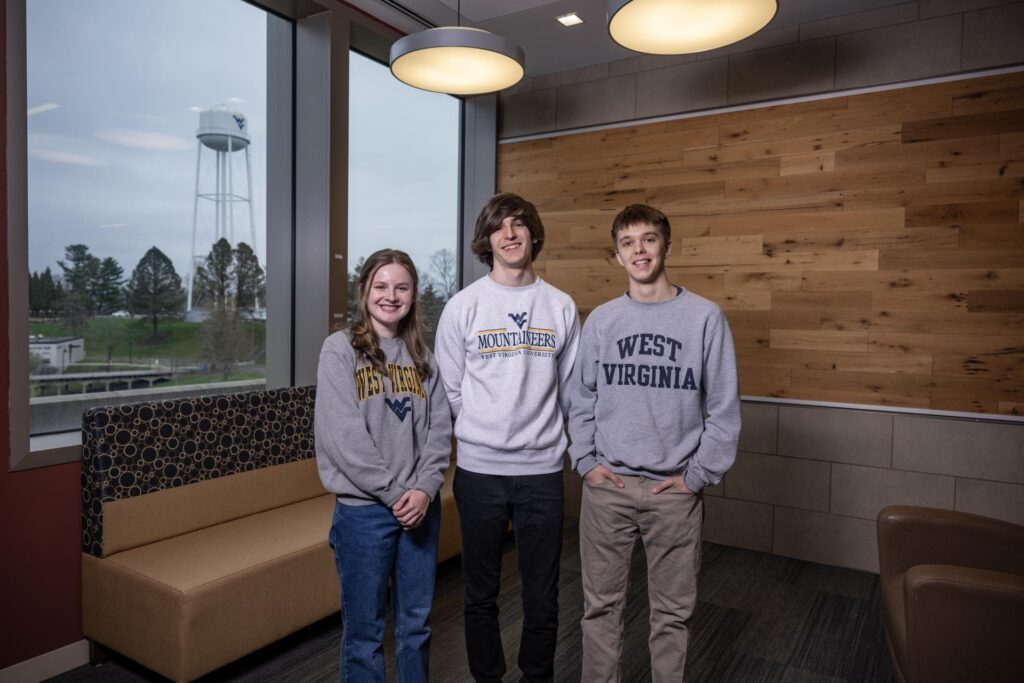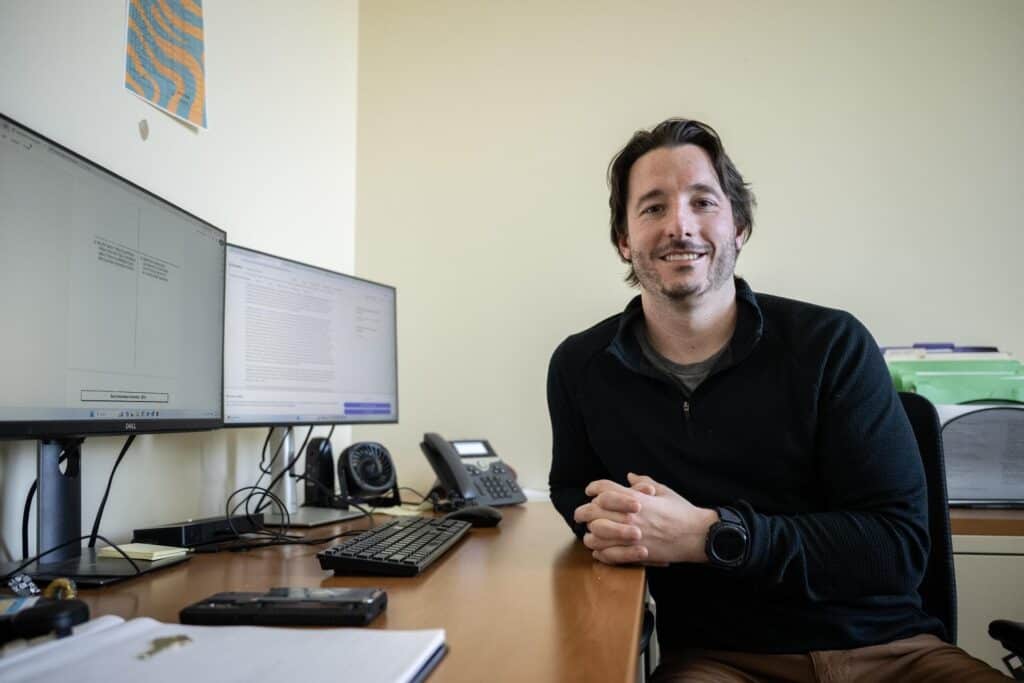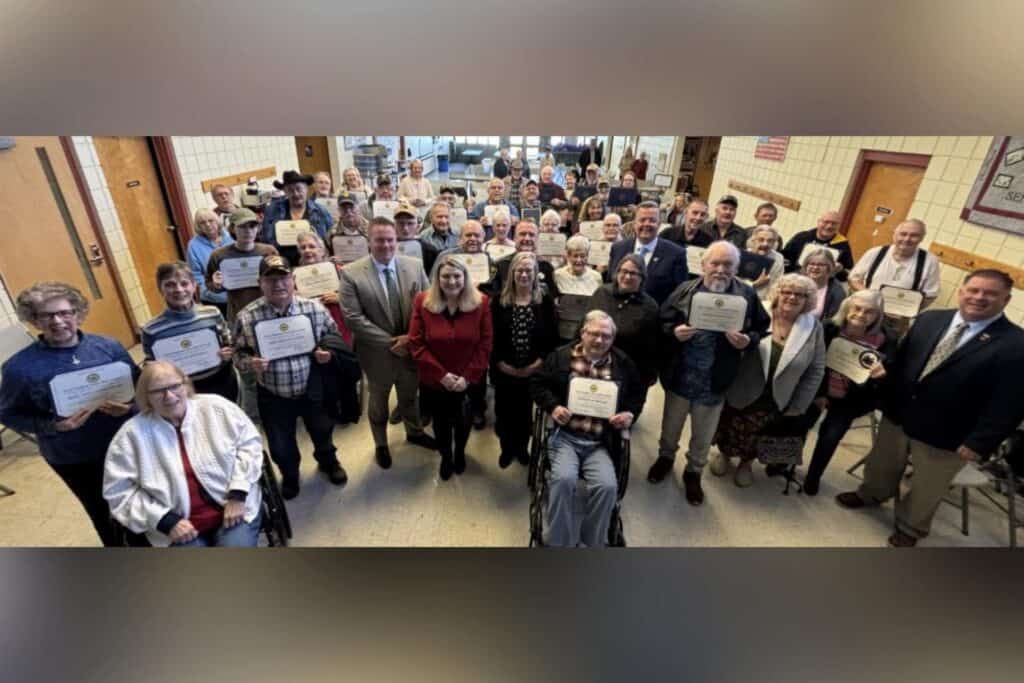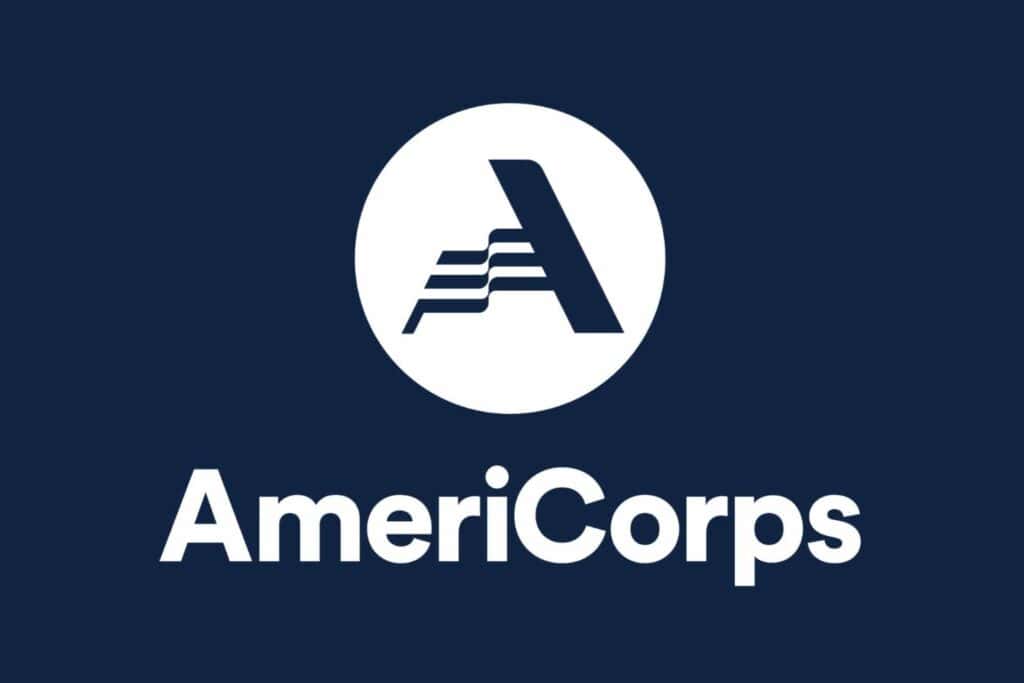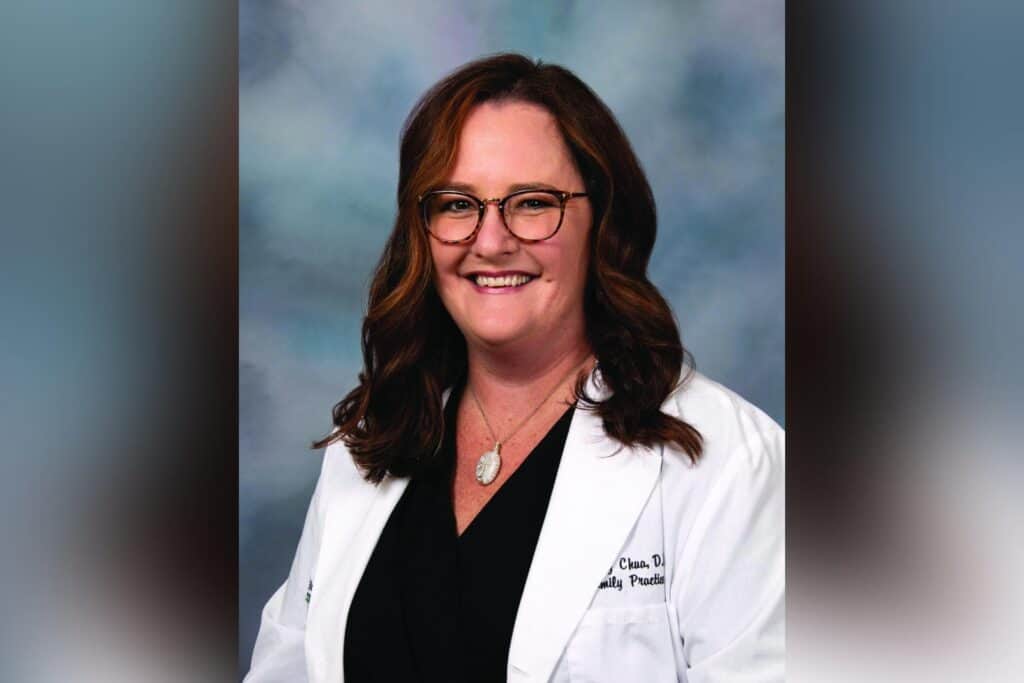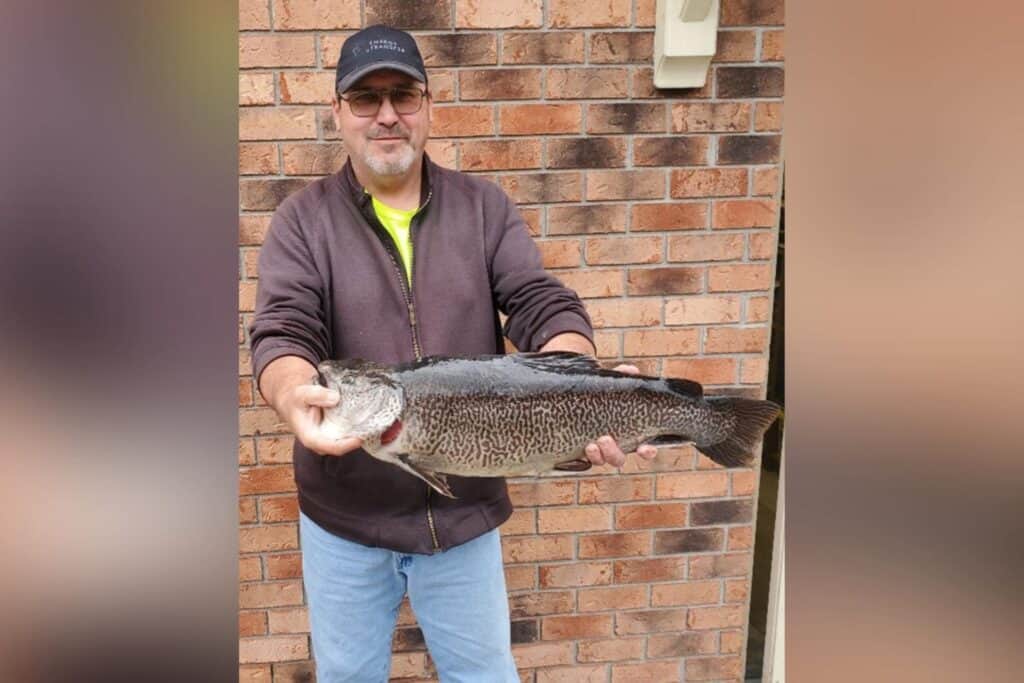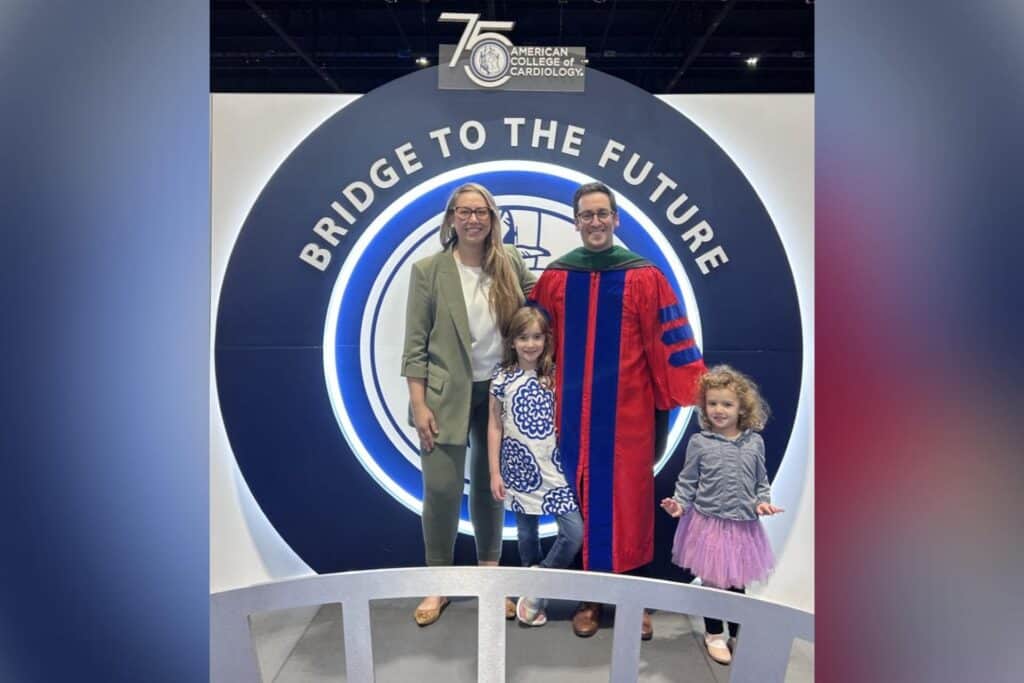High school students from across West Virginia recently participated in the 31st annual Health Sciences & Technology Academy summer camp. This program, hosted on college campuses statewide, empowers students to explore educational opportunities while preparing them for future success.
The Health Sciences & Technology Academy (HSTA), implemented through West Virginia University Health Sciences, is a unique mentoring initiative designed for underserved middle and high school students. It connects them to essential resources in science, technology, engineering, mathematics and medicine—collectively known as STEM+M.
This summer, rising juniors and seniors traveled to the WVU campus in Morgantown, representing 25 of the 27 counties served by HSTA. They engaged in in-depth studies of subjects such as pathology, anatomy, and microbiology. The program offers classes, workshops, and field trips tailored to each grade level, allowing participants to experience life on a college campus.
“Immersing HSTA high school students in a college campus environment during our summer program provides a unique opportunity for them to experience firsthand the atmosphere and opportunities of higher education,” said Summer Kuhn, director of the HSTA Summer Institute. “This experience not only fosters personal growth and independence but also cultivates a supportive community that encourages academic achievement and future success.”
While on campus, students worked alongside faculty from various WVU colleges, including the College of Applied Human Sciences, Eberly College of Arts and Sciences, the School of Medicine, and the School of Nursing. They participated in hands-on activities such as CPR, First Aid, and Stop the Bleed training at the WV STEPS Center, as well as experimental analysis using the Comprehensive Lab Animal Monitoring System.
Additionally, a new opportunity for middle school engagement was introduced, known as HSTA TEAMS—Teaching Educators and Adolescents Mentoring and Science to Improve Community Health. Funded by the National Institute of General Medical Sciences of the National Institutes of Health, this component aims to help HSTA high school students mentor younger peers in STEM+M activities.
“With the support of the NIH, the West Virginia Legislature and West Virginia University, the HSTA program is transforming the future of West Virginia by empowering high school students to mentor middle schoolers, igniting their passion for STEM+M through engaging, interactive activities and sharing their own career aspirations,” Cathy Morton, HSTA director, stated. “HSTA students inspire the next generation to dream big and achieve more. Together, we are building a brighter, more prosperous future for our state.”
The camp serves as a culmination of the HSTA experience throughout high school. Freshmen explore various STEM+M fields, sophomores deepen their focus on specific areas, and seniors consolidate their knowledge and mentoring skills. This year, summer camps also occurred at institutions like WVU Potomac State College and Glenville State University.
Shane Hanna, an HSTA teacher at Greenbrier East High School, expressed his pride in seeing students succeed. “I see my HSTA students succeed in college and move on to a great career because of the support provided by the program. It is very gratifying to see them realize that West Virginia truly is almost heaven and return to serve their communities and raise their families.”

